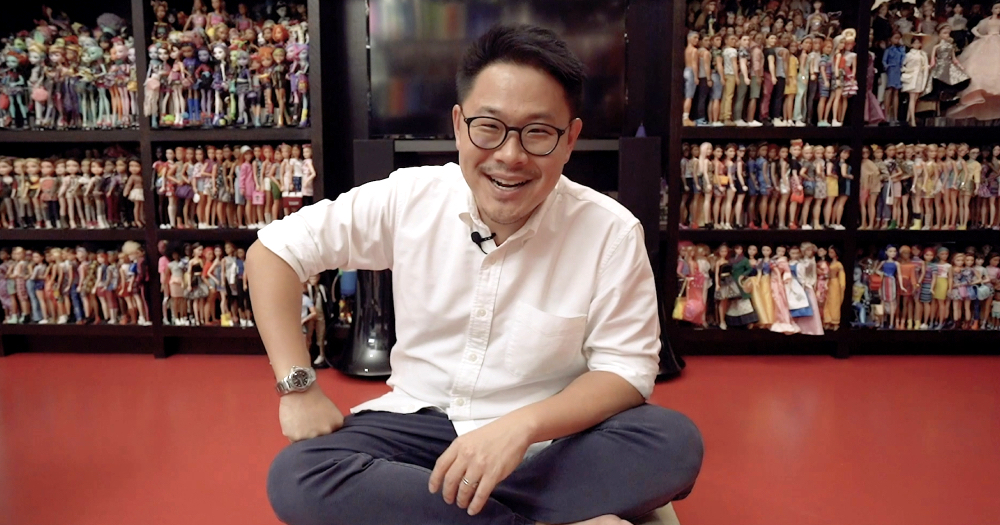Jian Yang has the world’s second-largest collection of Barbie dolls.
He’s also a 39-year-old Singaporean man.
Those two sentences have been enough to convince a bevy of journalists over the past few years to come a-knocking at his door.
And admittedly that’s what sent me up the steps of Yang’s townhouse, and into his living room to experience what he calls the “what the f*ck” moment.
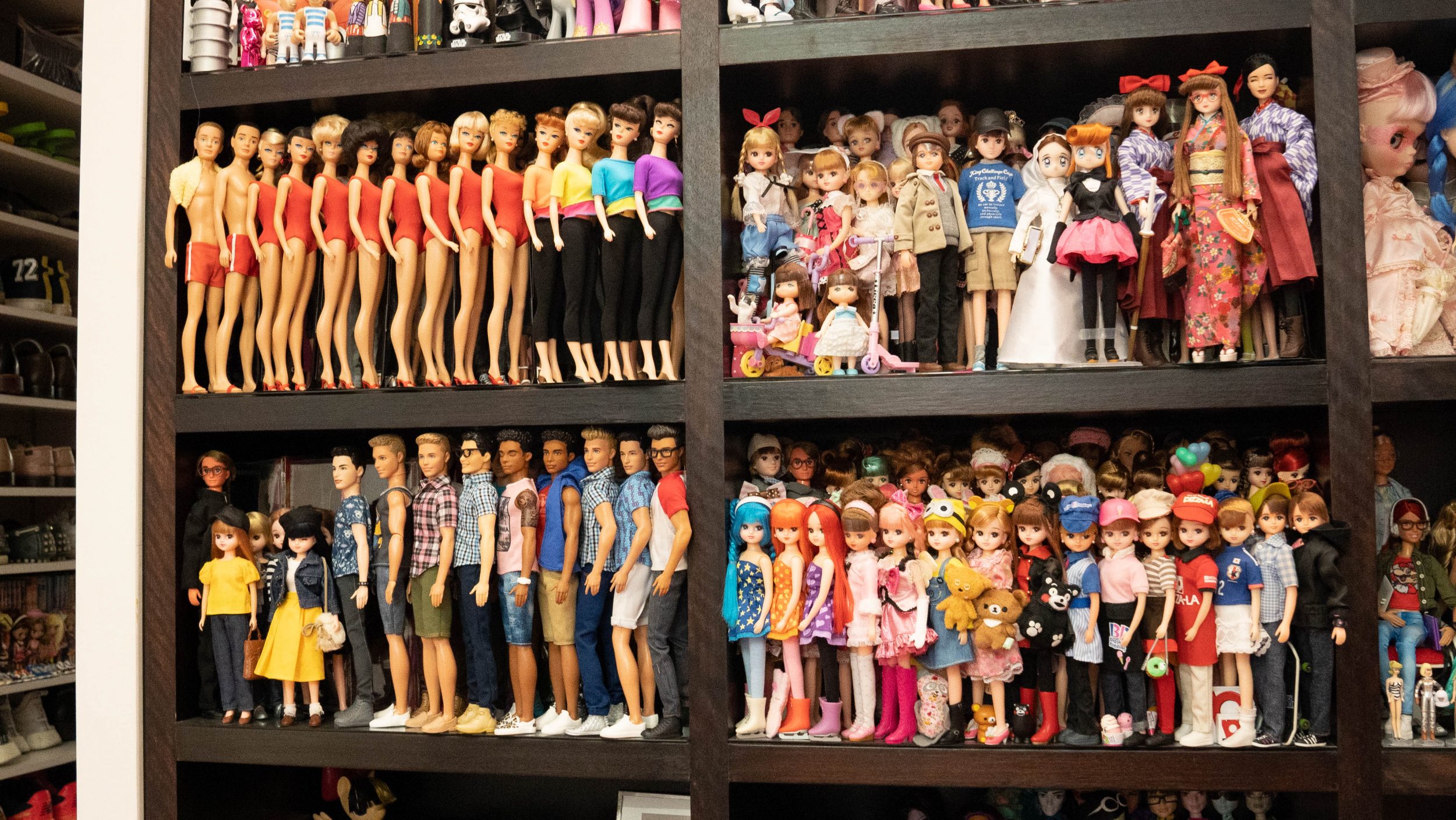 Image by Valerie Ng
Image by Valerie Ng
There it is in front of me, wall to wall: glass cabinets and shelves-full of Barbies.
We’re talking dolls upon dolls and it’s overwhelming — a mess of fake hair, printed features, and miniature couture.
There are Barbies for every generation and zeitgeist; Barbies spawned from collaborations with popular TV shows and movies.
There's even a Barbie affirming people with disabilities.
"Look, prosthetic leg Barbie," says Yang after spinning around and retrieving a brunette doll from under a pile of others.
"I mean the fact that a f*cking plastic doll has a plastic leg is damn funny."
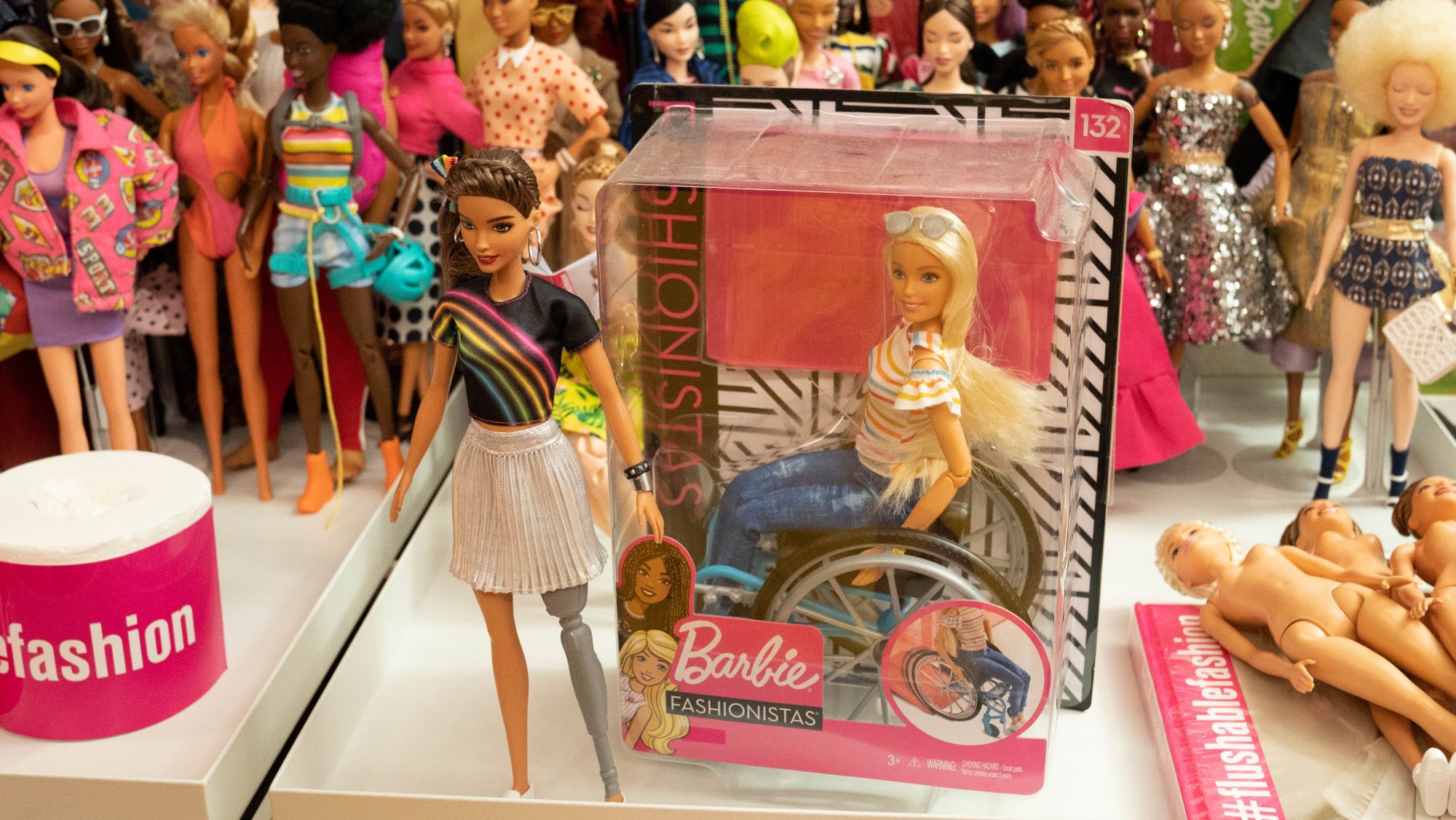 Image by Valerie Ng
Image by Valerie Ng
The floor, of course, is on theme, as Yang promptly informs me. Its darkish-pink shade is Pantone 219 C, otherwise known as Barbie pink.
One toy that caught his attention
Our interview today is being conducted amongst a collection that started when Yang was just five years old, after he mistakenly ripped open a Christmas present — “as a child does” — meant for his younger sister.
“You know I had Transformers, all that kinda stuff — all the boys' toys — but then there was this one toy that somehow caught my attention. It was Great Shape Barbie.”
At the age of five, still ignorant to the social norms of children’s playthings, Yang tells me that the doll simply lived amongst his other toys.
“But as I grew older, what happened was that slowly Transformers — I got bored of them. Lego, ugh, how much more city can you make? So forget about that sh*t. Barbie somehow always maintained relevance for me.”
Slowly but surely, Yang started to amass a collection of Barbies — first by saving up his own pocket money to purchase the dolls, before later being turbo-boosted by his increased spending power upon his entry to the working world.
Getting media attention
As alluded to, eventually the media caught wind of the male Barbie doll collector, and just like his dolls, Yang started to additionally amass a series of media features.
The first was in 1997, when a 17-year-old Yang was a “teen journalist” for an Aunt-Agony styled column in The New Paper called the Attitude Page — “because we were so cool in the 90’s”.
90’s cringe aside, the Attitude Page involved teenagers seeking advice on their complications writing into the column to get a reply from another teenager.
A profile of each of the five responders would be published in the paper so that readers would be more familiar with who was dishing out the sagely advice.
A journalist had come to Yang’s house with the intention of profiling him and his Swatch collection but changed the angle of the article once he discovered that the teenager had a collection of 250 Barbie dolls.
“And then suddenly the whole thing, like 1990-whatever it was — there was a picture of me holding a f*cking doll and going like ‘Who says all boys play with boy’s toys’. And it was like ‘holy sh*t’!”
By 2013, Yang — who by this point was in possession of more than 6,000 Barbies — received international attention when his “crazy obsession” was covered by Reuters.
A steady stream of media features have followed since, piling up in tandem with the ballooning of Yang’s doll collection, which today stands at some figure (he’s given up counting) above 12,000.
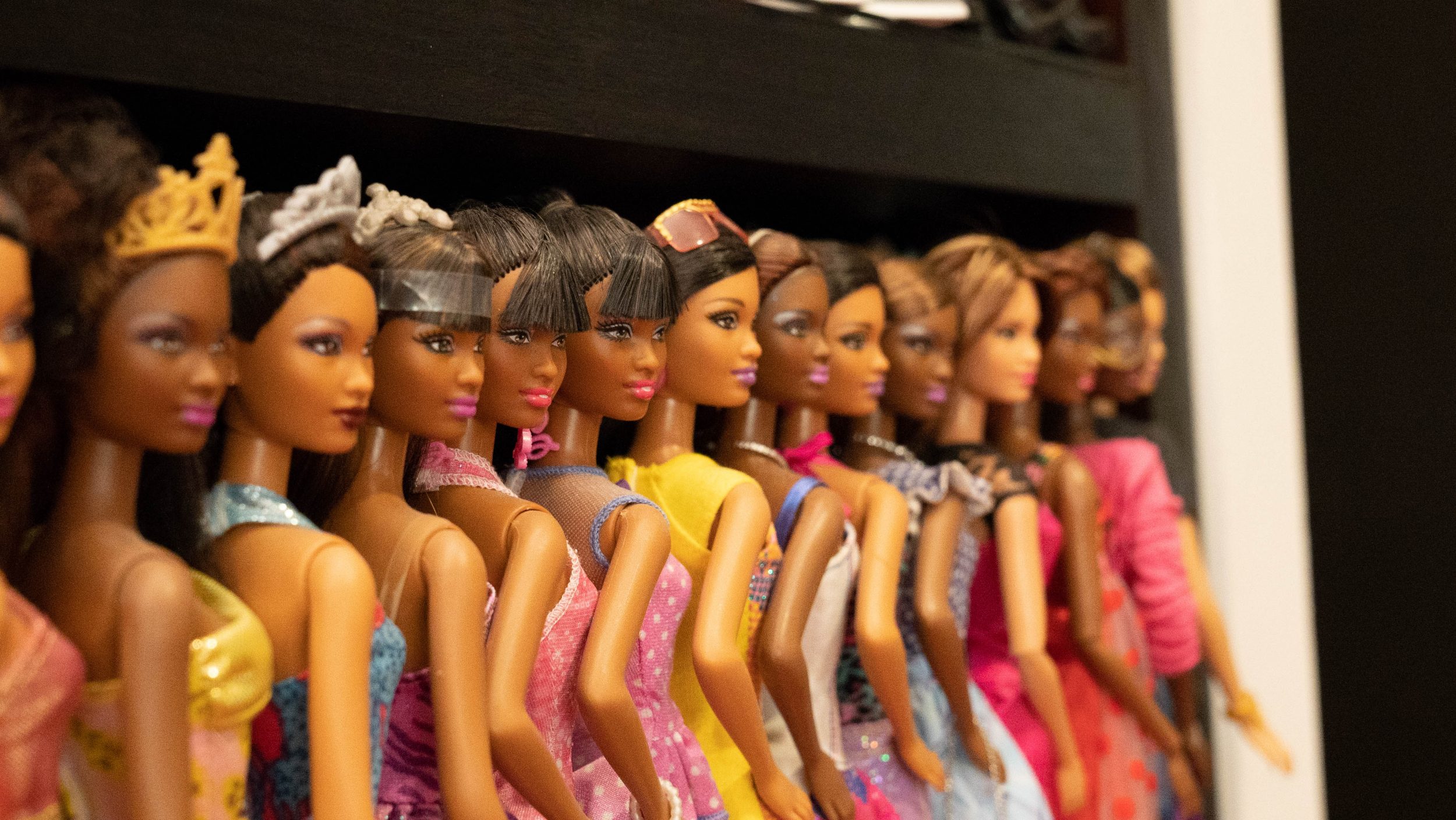 Image by Valerie Ng
Image by Valerie Ng
However, as he recounts his experiences with the media, I begin to get the sense (rather awkwardly for me) that the novelty of being in the spotlight has worn off.
“Every time a journalist comes to me — and this has been going on for a while now — everyone looks a bit disappointed. And I’m like ‘why do you look so disappointed, is it because I’m not wearing a dress?’”
In Yang’s mind, reporters turn up wanting to see a flamboyant homosexual — “what you think of as a male doll collector”.
And while I can’t speak for what goes through the mind of other writers who venture out to meet Yang, he wasn’t far off the mark in describing what had drawn me to interview him in the first place.
What I was met with was a relatively normal-looking guy, who “lives in Muji shirts”, has a penchant for swearing, and is (notwithstanding his huge doll collection) “as f*cking average as average gets”.
While he gives me a tour of his house — which is purpose-built to store and showcase his Barbie collection — it becomes apparent that Yang isn’t so much a Barbie doll collector as he is a toy collector in general.
Walking into his bathroom brings me face-to-face with his rubber duck collection. “Just for sh*ts and giggles,” he says.
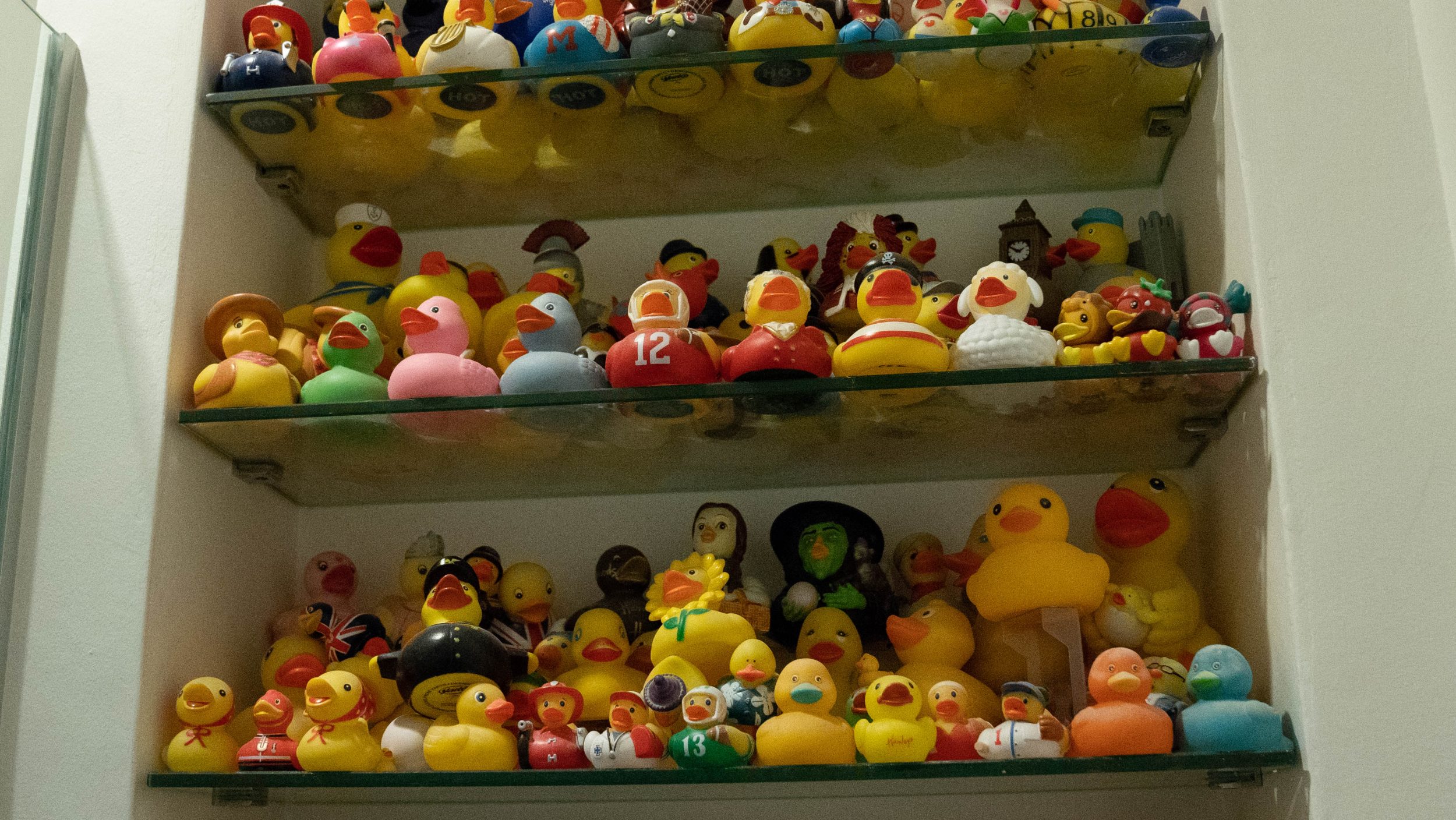 Image by Andrew Koay
Image by Andrew Koay
“I get that the Barbie story is a great story. But you forget that I like shoes, I like ducks. The Transformers live at my parent’s house; I have 300 Transformers. I like stuff.”
And here's where our discussion gets meta
The problem is that the rest of the stuff isn’t as scandalous or fascinating as a story about a man possessed by his desire to acquire plastic dolls originally manufactured and marketed towards little girls.
Such headlines immediately conjure up images of a one-man freak show, baiting readers to an article where they might find entertainment by means of a good gawk. Oohs and aahs accompanied by a sense of pity for whatever adolescent trauma had led this man down this path.
Yang’s quick to laugh it off though:
“That's one of those weird journalistic things where you really hope that there’s an angle of childhood abuse, or bullying, or something that made this guy turn in this crazy-f*ck collector. But it just never was.”
When I ask him if he’s affected by the narratives that are imposed on him by onlookers, Yang tells me it has made him more conscious of what society see as masculine.
He adds that the question of his sexuality is never far from the lips of people he meets.
“Because I’m comms trained — I’m in PR now — so I know how to get these things out of people. So you know they’ll be like ‘So, it’s your partner here?’ And I’ll reply by saying ‘No, my partner is not’. And they’re like ‘So, is he coming home?’ I’ll be like ‘Ah! I see what you did there, f*cker!”
Questioning those closest to him
Still, the biggest frustration he has is with the way that his collection subjects the people closest to him to an inevitable line of questioning.
“One thing that I’ve learnt is that when I’ve allowed people into the more personal side, the way that they questioned my parents, the way that they questioned my ex… it's not fair for them.”
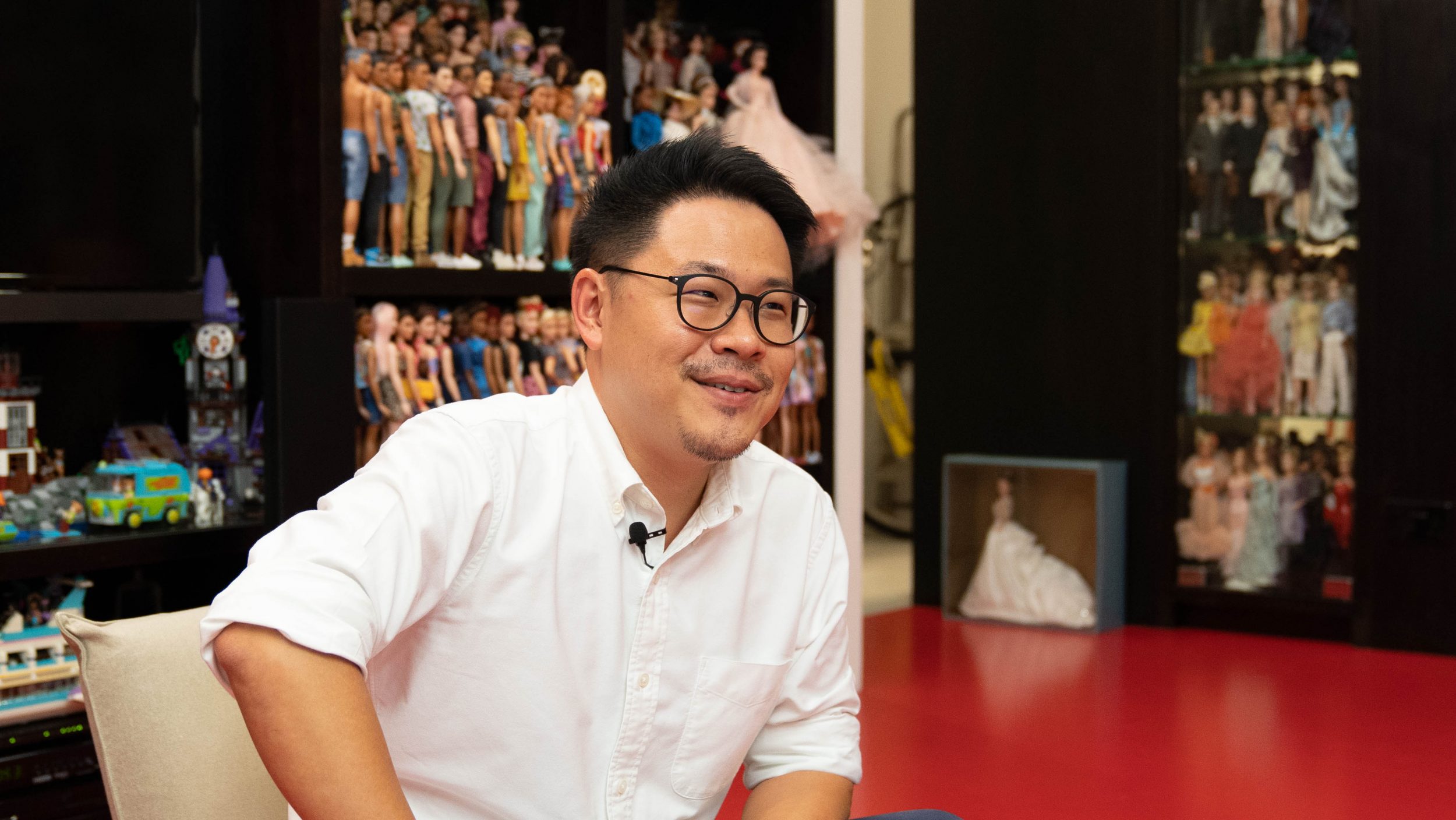 Image by Andrew Koay
Image by Andrew Koay
He tells me that his policy of hiding the identity of his current partner stems from his experience with Reuters, when a journalist tracked down his ex-girlfriend after Yang made a passing comment on how she’d joke about the dolls as her competition.
As for his parents, Yang feels that their child-rearing competence is often doubted because they’d raised a son who loves Barbie dolls.
“Without outrightly accusing, (people) were questioning my parent’s way of bringing me up. You know the judgemental Singaporean filter that we have? It’s the ‘how can you let him play with dolls? How can you subject him to possible bullying in school? How can you let him spend money like that? How can you blah-blah-blah.’”
“It's very easy for people to think that ‘crazy rich Asian boy gets parents support, buys house',” admits Yang, who also clarifies that he paid for his home and his lifestyle through his own means.
“None of that was my parents' fault.”
Who would have thought that playing with dolls could come with such consequences and responsibilities?
“It’s strange because I’ve always thought that there’s this thing that I need to portray. But then there’s this other part that says ‘forget about what the world thinks.”
Satisfying the inner child
I must admit that while it is tempting to use Yang’s experience as a platform to discuss gender and cultural norms, the fact is that his is really a story about a man who just wants to satisfy his inner child.
After all, his ultimate solution to the baggage that comes with being a male Barbie doll collector is “I’m just going to play with these dolls the way that I play, and just live with it.”
Beyond the expectations of what hobbies men should have, or what Barbie collectors should look like, is that same five-year-old child who did not realise dolls were made for girls.
He tells me about one particular doll which holds significance to him — Silver Screen Barbie.
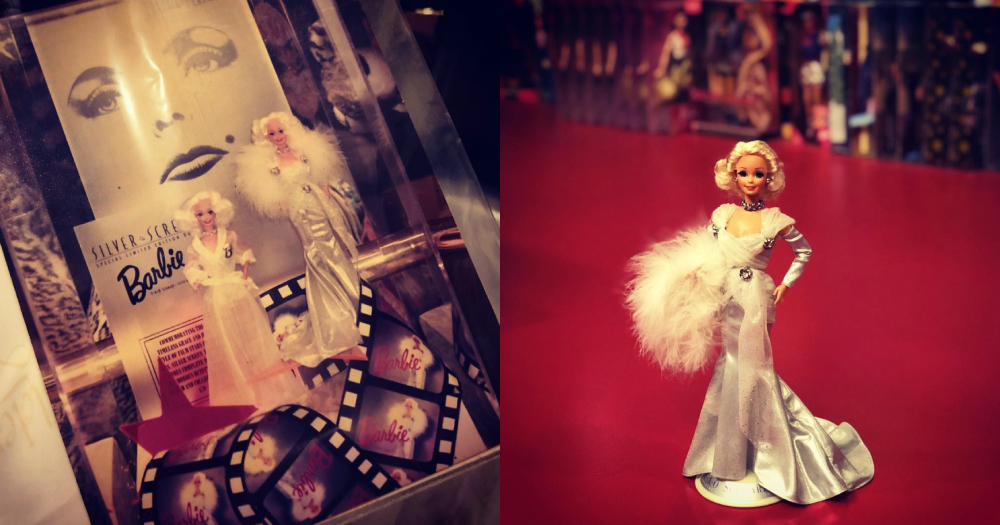 (L) The photo taken by Yang as a child. (R) The actual doll that Yang managed to acquire. Images from Jian Yang's Instagram
(L) The photo taken by Yang as a child. (R) The actual doll that Yang managed to acquire. Images from Jian Yang's Instagram
As a kid, he had seen it in the window of a San Francisco shop, though its hefty price tag of US$70 meant he could not afford it.
Instead, he snapped a photo of the doll on a disposable camera, keeping the picture as a reminder of something to strive for.
“I recently got her, like three years ago,” he tells me.
“It’s one of the more important things to me because the journey of ambition was there. I always knew that this was something that I wanted and I just got it.”
Today, he still takes pleasure in styling the dolls and doing their hair, while his latest playtime activity involves fashioning clothes for Barbie out of toilet paper.
https://www.instagram.com/p/B3eY7A7D0GG/
The latter has seen him once again in the international eye when the paper dresses — which were initially posted on Instagram under the hashtag #havetissuewilltravel — found their way into features by Vogue and BuzzFeed.
It’s culminated in Yang writing a book titled #FlushableFashion, in which he documents his experience creating the dresses.
Yet, despite his burgeoning social media celebrity, Yang insists that it’s not about attention for him.
Yang points to a helium tank and a floating balloon in his living room, which perhaps paint the clearest picture of what’s motivating him:
“Stupid childhood dream, I’ve had a tank of helium in my house for years. And there’s always a live balloon in my house. It’s just that weird childlike thing where I’ve wanted it, it’s stupid, and I just do it lah.”
Top image by Valerie Ng
If you like what you read, follow us on Facebook, Instagram, Twitter and Telegram to get the latest updates.
